This Sustainable Mezcal Production Process Produces Both Drinks And Bricks
In certain industries–manufacturing, food, and drink–the idea of “tradition” carries a certain amount of cultural caché. Levi’s 501s highlight their status as the “original” jeans and remain bestsellers. Legacy breweries like Guinness align their traditional methods with a commitment to quality and a refusal to cut corners. And while it’s true that those are noble business pursuits, tradition can also cover up a host of practices that could benefit from some 21st-century updates.
That’s what Richard Betts saw when he first stepped into the mezcal industry in 2006. An environmental lawyer turned sommelier and liquor company founder, Betts was looking to expand his already successful wine business into tequila. He ended up being drawn instead to its smoky cousin, mezcal, and its epicenter in Oaxaca, Mexico. But as he began to work with various small distilleries in Oaxaca, who prided themselves on long histories of traditional manufacturing, Betts began to build out a list of things he would do differently.
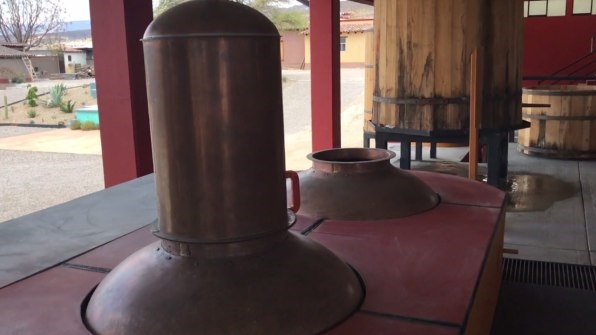
That list turned into a new distillery (or palenque) for Betts’s company, Sombra Mezcal, which opened earlier this year. “What we did when we built the distillery was to go through piece by piece of the production process and keep things that are important to the identity and flavor of the spirit, and change the pieces that are harmful to the people and animals involved, and the environment,” Betts tells Fast Company.
That change began, Betts says, by bringing the whole mezcal supply chain under Sombra’s purview. Traditionally, it’s fragmented: The people who grow the agave plants (which form the base of the spirit) sell to distillers, as do the people who supply the wood that distillers use in the ovens to cook the agave before it’s fermented. Money changes hands, but information about the extraction of the resources does not always come with it. Sombra is contracting with growers that source trees and agave from land managed by the government; for each tree cut down, another three are planted, and because an agave plant takes seven years to grow, Betts is projecting how much agave Sombra will need to sustain its operations seven years from now, and encouraging growers to plant that many plants to replace each one used today.
And once those agave plants are cooked in the distillery, they’re traditionally ground up in a millstone that’s turned by a donkey. Animal labor, Betts says, is an aspect of manufacturing that should’ve disappeared long ago; he’s installed an electric mill in the factory that’s powered by eight solar panels on the top of the distillery. To further lessen the distillery’s environmental footprint, Betts is using a rainwater harvesting system to collect water that’s then used in the agave fermentation process.
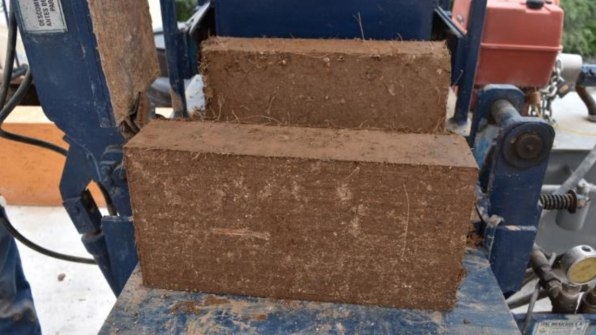
The end of the mezcal production process is often the most wasteful. Typically, the spent agave fibers, left over after the spirit has fermented, are dumped into local waterways, along with the acidic liquid byproduct, which is approximately 10 times the volume of liquor produced. The toxic waste is killing local fish supplies and contaminating drinking water. To break that cycle and move toward zero waste, Sombra is developing a technique to combine the two forms of waste to create adobe bricks, with the addition of dirt from around the distillery. The mud is then transported to a machine a couple hours away that is able to compress the mixture into a strong brick in 60 seconds.
The concept is still new, and Betts says Sombra will build a small kitchen wall inside the distillery to double-test their structural integrity before donating them to public works projects in Santiago Matatlan, the Oaxacan town where Sombra’s Palenque is located. Betts knows that what he’s doing at the distillery is raising some eyebrows for how its modernizing a process revered as a historical relic in and of itself, but from his perspective, the means of making mezcal will create its own demise if it continues to damage the land and the resources around it. “I see our factory as tradition improved,” Betts says.
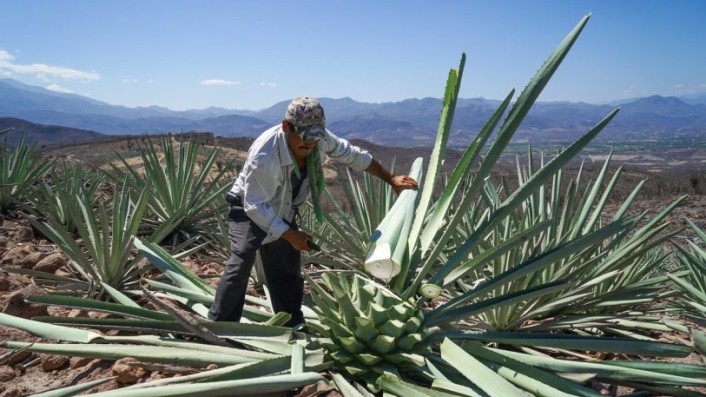
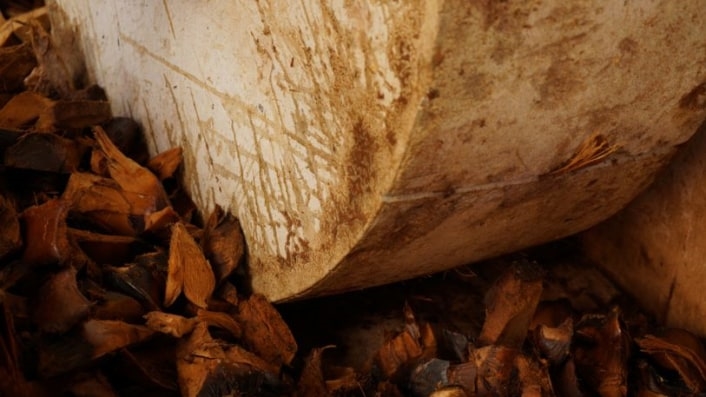
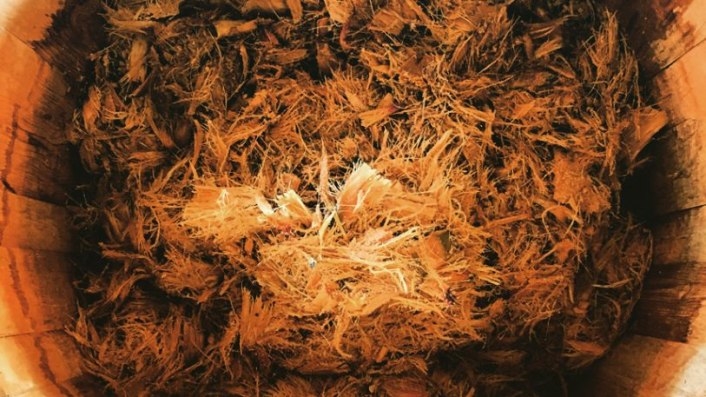
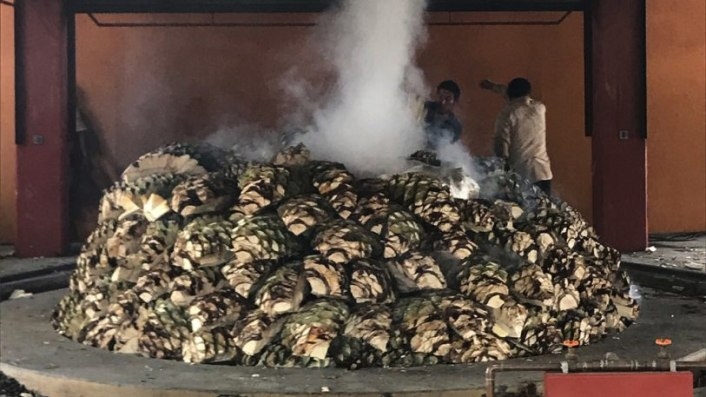
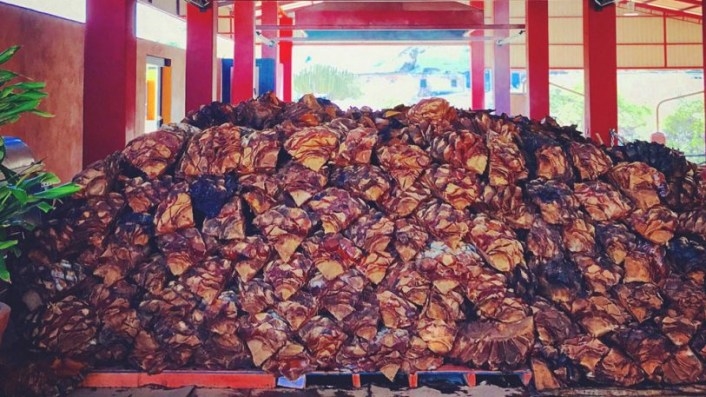
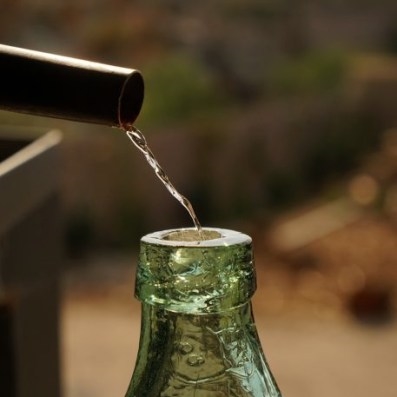
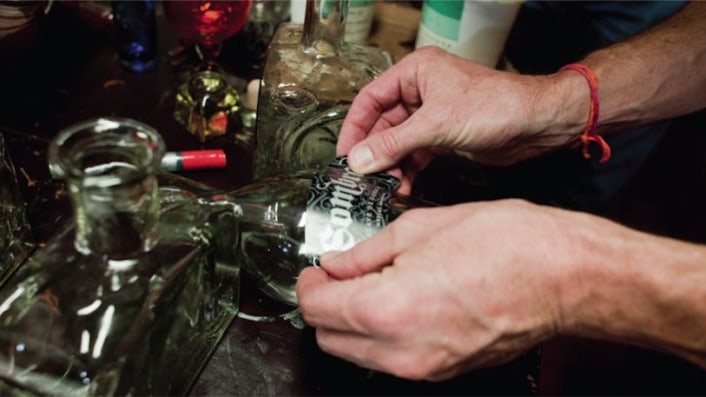
Fast Company , Read Full Story
(74)












